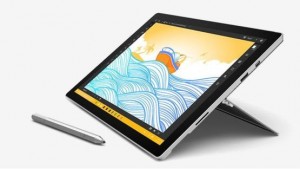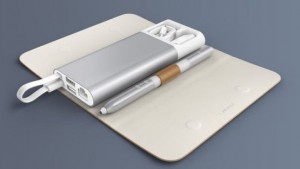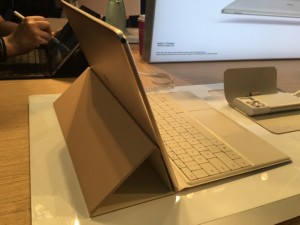





As for the keyboard, you need to buy the thing for $129, and according to multiple reviewers, doesn’t have the best design. The 1.5mm thick device has been designed with zero (seriously, ZERO) space between the keys. Try typing on that without making a mistake, just try. Why, Huawei? Why neglect the important factor that is keyboard space and feel? Anyway, the other accessories include the $59 MatePen- a Wacom-powered stylus fastened with 2048 pressure-point levels, PowerPoint clicker, and laser pointer; and the $89 MateDock, including HDMI, VGA, Ethernet, and USB hubs (Tablet PC Review).
So there you have it. Don’t forget Huawei’s MateBook 2-in-1 also runs Windows 10, which, if you’re paying attention, is interesting since the Chinese firm only made Android-powered tablets until now. Although it could be powered with better Intel hardware, such as the Core i5 or i7 chips, Core M is dedicated to ultra-thin devices and tends to do well for Windows 10. Whether Huawei can market its MateBook anywhere close to the level Microsoft does, as it (Microsoft) “benefits from the company’s brand name and makes use of the firm’s business-to-business sales channels” (says Tim Coulling of Canalys), is a question we will have to wait to see the answer to.

 Laptop & Tablet Parts
Laptop & Tablet Parts




















